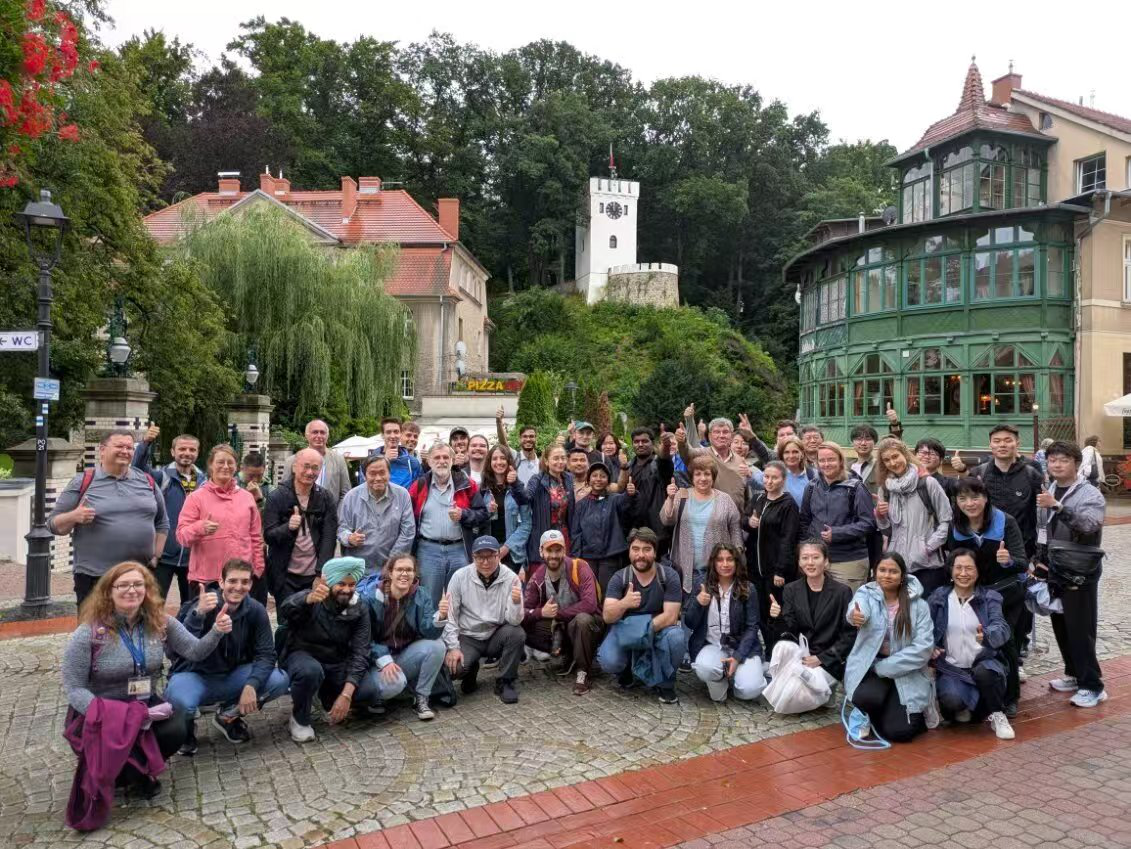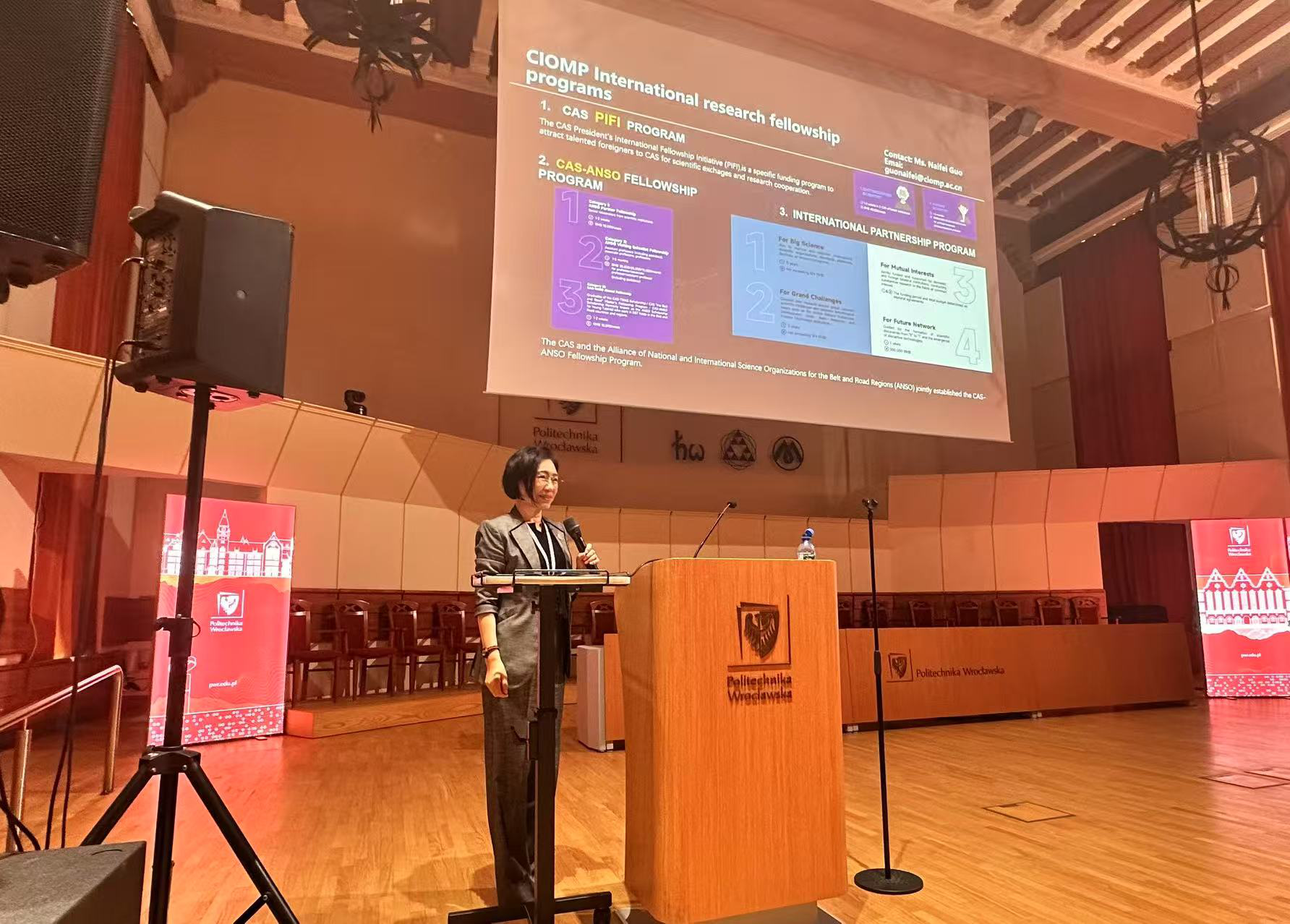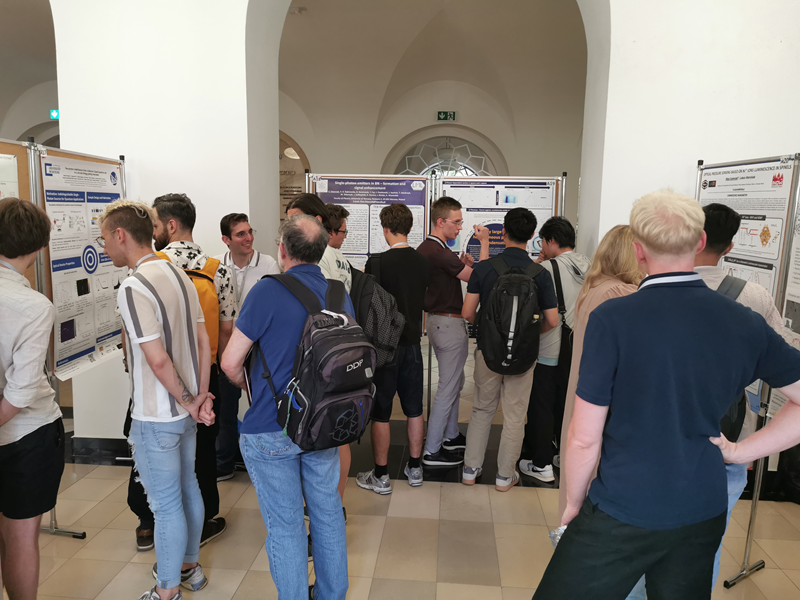The International Nano-Optoelectronics Workshop (iNOW 2025) was successfully held in Wrocław, Poland from 21 to 31 July 2025. The workshop was financially supported by the CAS-ANSO Conference Program (Grant No.: CAS-ANSO-C2A-2024-03), jointly organized by the Changchun Institute of Optics, Fine Mechanics and Physics (CIOMP) of the Chinese Academy of Sciences (CAS), the Institute of Low Temperature and Structure Research of the Polish Academy of Sciences (PAS), and the Wrocław University of Science and Technology.
The workshop attracted top global scientists, researchers, and young scholars to discuss the latest advancements and future trends in nano-optoelectronic technologies. Focusing on cutting-edge areas such as semiconductor quantum dots, photonic integration, metasurface optics, and quantum light sources, the event showcased the latest research achievements and technological breakthroughs. It featured approximately 50 invited talks, with participants from over 20 countries and regions, including China, Poland, Germany, the United States, Israel, and Japan. The presentations covered various hot research directions, including semiconductor material growth and processing, nanomaterial devices, quantum optics, and topological optics.

Prof. Dieter Bimberg, Co-chair of the Conference and the Director of the Sino-German Green Photonics Research Center at CIOMP, delivered the plenary opening lecture. His talk, titled “Energy Efficient Multi-Terabit Photonics: Quantum Dots at Work”, set the tone for the conference, emphasizing the critical role of quantum dot lasers in reducing the energy consumption of global data centers and presenting his team’s latest achievements in high-speed quantum dot lasers, ultra-low power consumption VCSELs, and quantum light sources. Prof. Bimberg stated that: “Quantum dot technology is not just a laboratory breakthrough, but also the foundation for the future green photonics industry.” Prof. Bai Yuhong, Researcher from the Light Publishing Center at CIOMP, introduced the publishing strategy of China’s top-tier optics journal, Light: Science & Applications, which promotes the global dissemination of photonics knowledge.

The Institute of Low Temperature and Structure Research of the PAS actively engaged in conference organization and local coordination. Scientists from the institute delivered high-level invited presentations and chaired multiple thematic sessions. A. Bednarkiewicz introduced discoveries and application prospects of photon avalanche phenomena in nanomaterials; L. Marciniak presented advanced phase-change-based luminescent thermometry techniques, highlighting their high sensitivity and imaging capabilities.
The workshop also featured invited talks from numerous internationally renowned institutions, including the University of Tokyo, the Stanford University, the Tsinghua University, the University of California, Berkeley (listed as Berkeley Photonics & Chinese University of Hong Kong, Shenzhen in the program), and the Technion-Israel Institute of Technology.
The successful convening of iNOW2025 provided a platform for scientific exchange for international researchers and institutions in nano-optoelectronics from CAS, PAS (both are ANSO members), and beyond.



